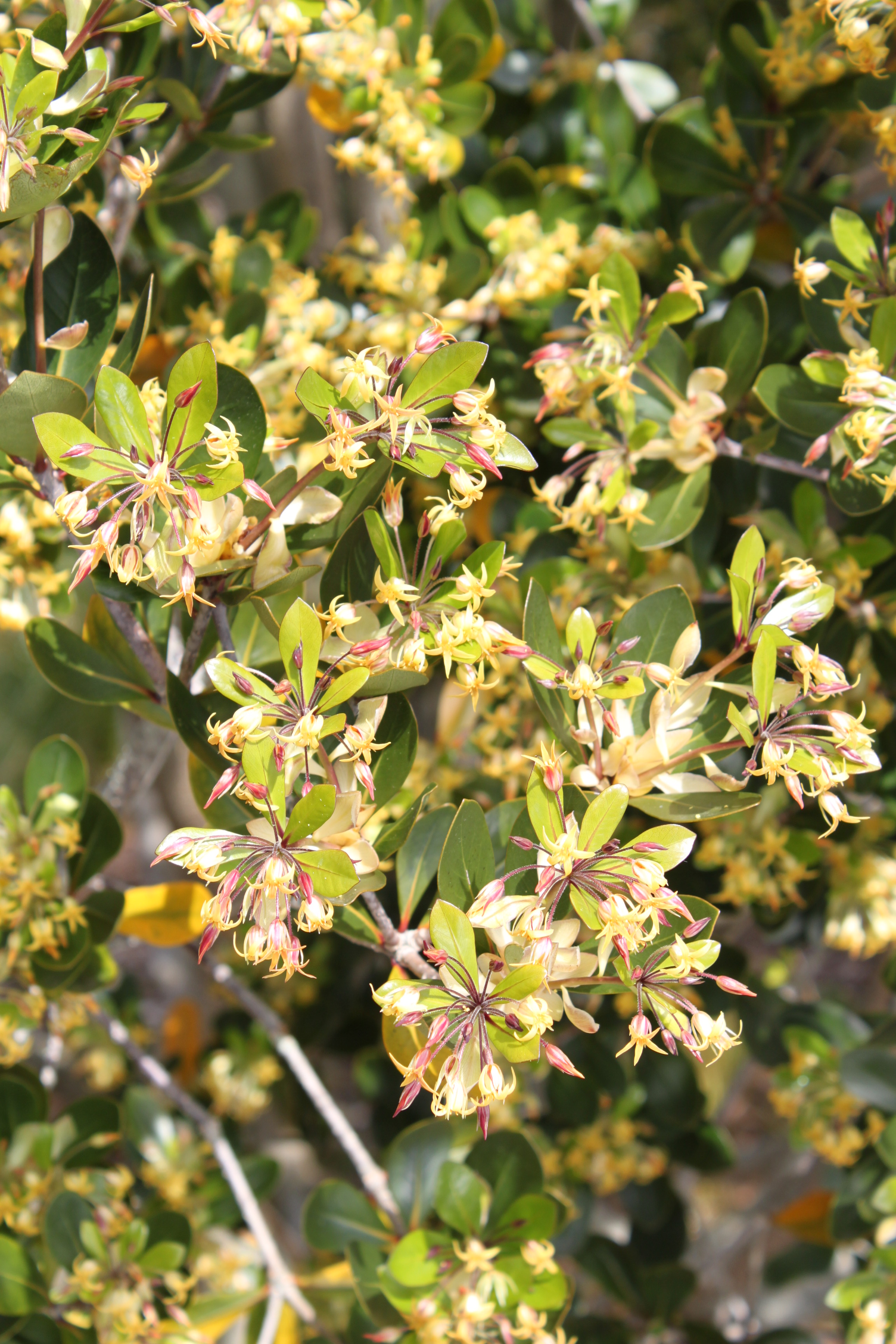Physical characteristics
A small woody shrub with an open and airy habit which grows slowly to around 2m tall and 2m wide.
Flowers and foliage
Leaves are round to oblong, dark
Preferred site
Prefers partial to
Preparation for planting
Always choose healthy, well-grown,
Maintenance tips
Apply an organic mulch
Pests and diseases
Generally no issues.
Location at Auckland Botanic Gardens
Threatened Native Plant Garden
Interesting facts and tips
This plant in the wild actually grows epiphytically which means it grows on




.jpg?width=1200&height=1200&v=1d4024dceb89e50)

.jpg?width=1200&height=1200&v=1d5569224d63650)
 .jpg?width=1200&height=1200&v=1d4024df6ce2770)
.jpg?width=1200&height=1200&v=1d55676a892f2b0)
 .jpg?width=1200&height=1200&v=1d4024e3b65f7f0)